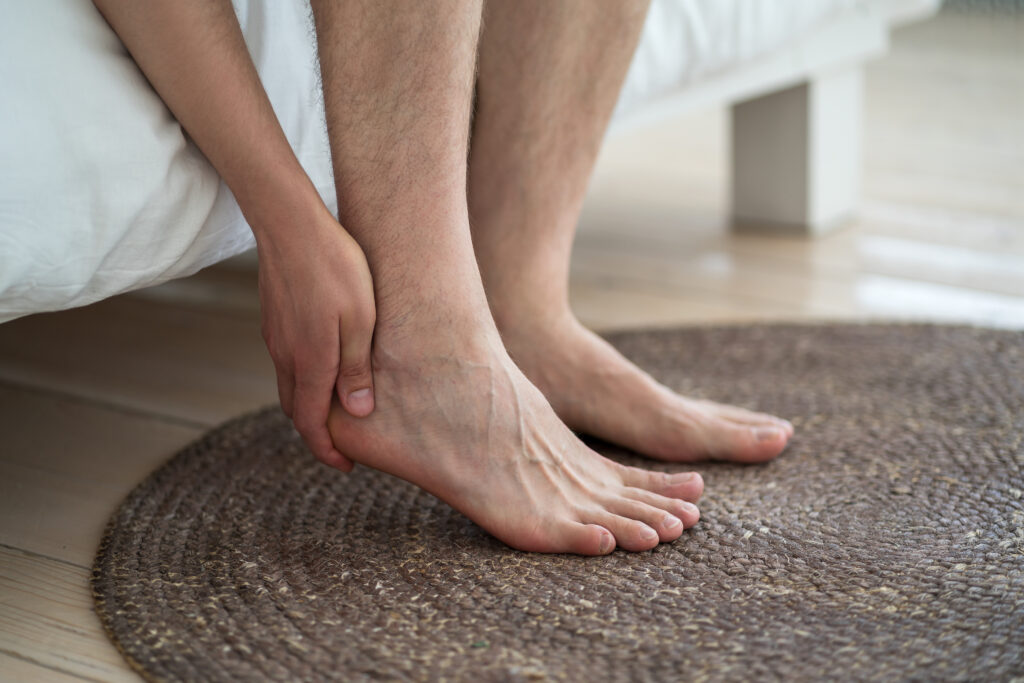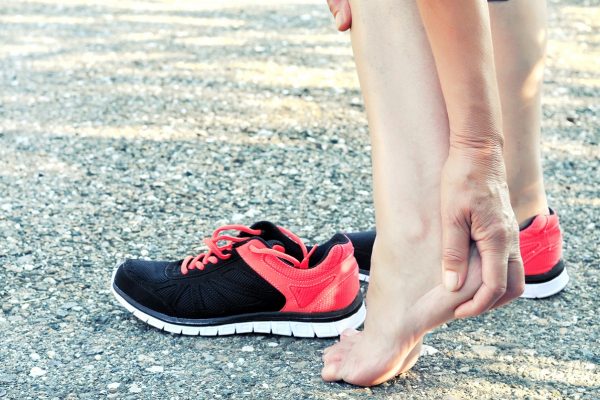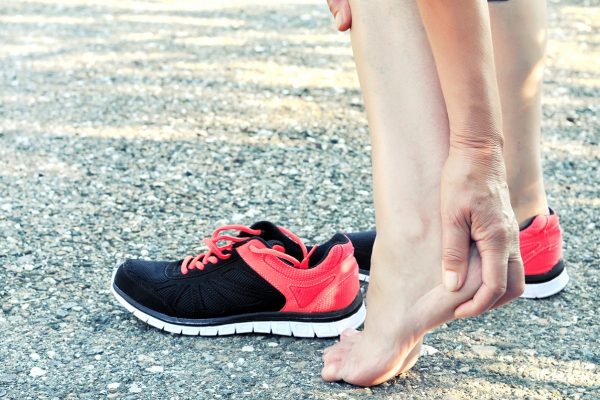Heel fat pad syndrome is a painful condition that affects the protective cushion of fat beneath the heel bone, leading to discomfort and difficulties in walking or standing. This syndrome can be debilitating and often worsens with certain activities or lack thereof. One significant question is whether inactivity exacerbates heel fat pad syndrome. Let’s explore this issue and see how integrated care from healthcare providers like CARESPACE can offer relief.
Understanding Heel Fat Pad Syndrome
The heel fat pad acts as a shock absorber, protecting the heel bone and surrounding tissues during activities like walking, running, and jumping. When this fat pad becomes damaged or deteriorates, it can lead to pain, inflammation, and reduced mobility. Causes of heel fat pad syndrome include repetitive stress, trauma, obesity, improper footwear, and aging.
The Role of Inactivity
Inactivity, or prolonged periods of limited movement, can indeed make heel fat pad syndrome worse. Here’s how:
1. Reduced Blood Flow and Healing: Regular movement promotes blood flow, which is essential for delivering nutrients and oxygen to tissues, including the heel fat pad. Inactivity can reduce blood flow, slowing down the healing process and exacerbating symptoms.
2. Muscle Weakness: Lack of activity can lead to muscle atrophy, especially in the lower extremities. Weak muscles can increase the strain on the heel fat pad, worsening the pain and discomfort.
3. Stiffness and Reduced Mobility: Inactivity can cause stiffness in the joints and surrounding tissues, making it more challenging to move and placing additional stress on the heel.
4. Weight Gain: Sedentary lifestyles often lead to weight gain, which increases the pressure on the heels, further aggravating heel fat pad syndrome.
The Importance of Active Rehabilitation
Active rehabilitation is crucial in managing heel fat pad syndrome. This involves a combination of exercises, lifestyle modifications, and therapeutic interventions designed to reduce pain, improve function, and prevent recurrence.
How CARESPACE Can Help
At CARESPACE Health+Wellness, our approach to managing heel fat pad syndrome is holistic and multidisciplinary. Our team of regulated health professionals works collaboratively to create personalized care plans that address the root causes of the condition and promote overall health and wellness. Here’s how our integrated care approach can help:
Physiotherapy
Kitchener physiotherapists at CARESPACE play a crucial role in the management of heel fat pad syndrome. They focus on:
1. Exercise Prescription: Tailored exercises to strengthen the muscles of the lower extremities, particularly the calf and foot muscles. Strengthening these muscles can help reduce the load on the heel fat pad and improve overall foot mechanics.
2. Manual Treatments: Techniques such as massage, mobilizations, and myofascial release to reduce pain, improve flexibility, and enhance blood flow to the affected area.
3. Education and Advice: Guidance on proper footwear, activity modifications, and home exercise programs to manage symptoms and prevent further injury.
Chiropractic Care
Chiropractic doctors in Kitchener at CARESPACE contribute to the treatment of heel fat pad syndrome by:
1. Biomechanical Assessments: Evaluating the alignment and function of the foot and ankle to identify any biomechanical issues that may be contributing to the problem.
2. Adjustments and Manipulations: Performing gentle adjustments to improve the alignment of the foot and ankle, which can help distribute weight more evenly and reduce stress on the heel fat pad.
3. Rehabilitation Exercises: Collaborating with physiotherapists to develop comprehensive rehabilitation programs that include strengthening, stretching, and balance exercises.
The Synergy of Physiotherapy and Chiropractic Care
The collaboration between physiotherapists and chiropractic doctors at CARESPACE ensures a comprehensive approach to treatment. By working together, they can provide:
1. Comprehensive Assessments: Combining their expertise to conduct thorough assessments that consider both muscular and skeletal factors contributing to heel fat pad syndrome.
2. Integrated Treatment Plans: Developing coordinated treatment plans that address all aspects of the condition, from pain relief and tissue healing to improving foot mechanics and preventing recurrence.
3. Enhanced Client Outcomes: Research shows that multidisciplinary care can lead to better outcomes for clients with musculoskeletal conditions. By integrating physiotherapy and chiropractic care, clients receive a well-rounded approach that addresses their needs holistically.
Inactivity can indeed make heel fat pad syndrome worse by reducing blood flow, weakening muscles, causing stiffness, and potentially leading to weight gain. Active rehabilitation, involving a combination of exercises, lifestyle changes, and therapeutic interventions, is essential for managing this condition. At CARESPACE Health+Wellness, our team of physiotherapists and chiropractic doctors work together to provide personalized, evidence-based care. By combining their expertise, they offer comprehensive assessments, integrated treatment plans, and enhanced client outcomes, helping individuals manage heel fat pad syndrome effectively and achieve their health goals. If you are struggling with heel fat pad syndrome, consider seeking the integrated care approach at CARESPACE to find relief and improve your quality of life.





